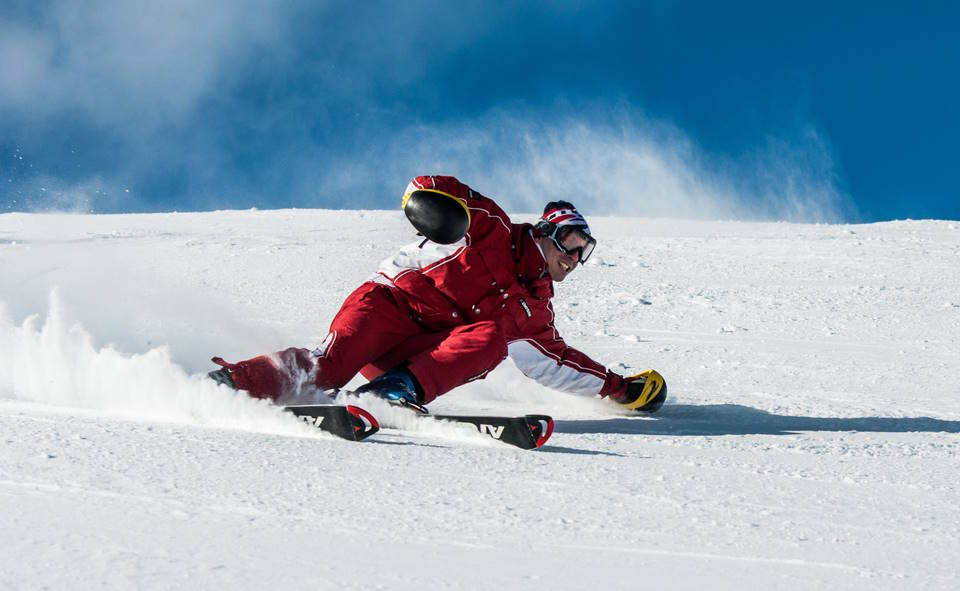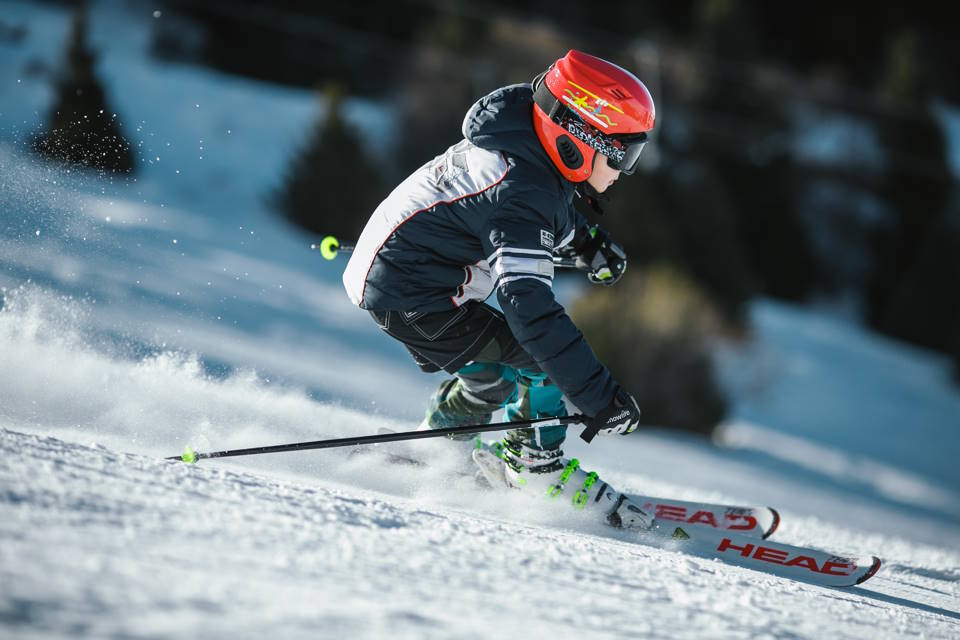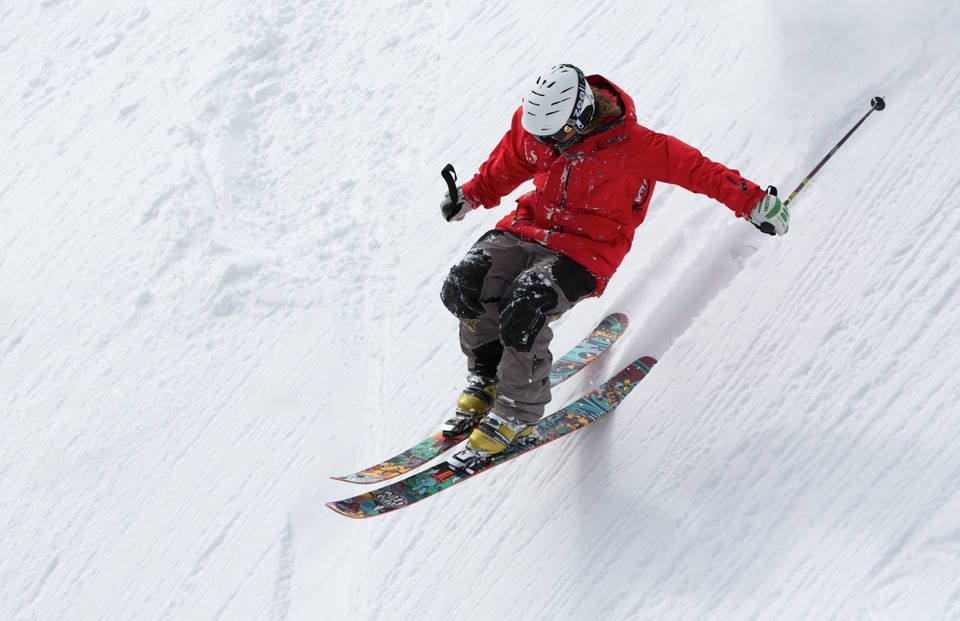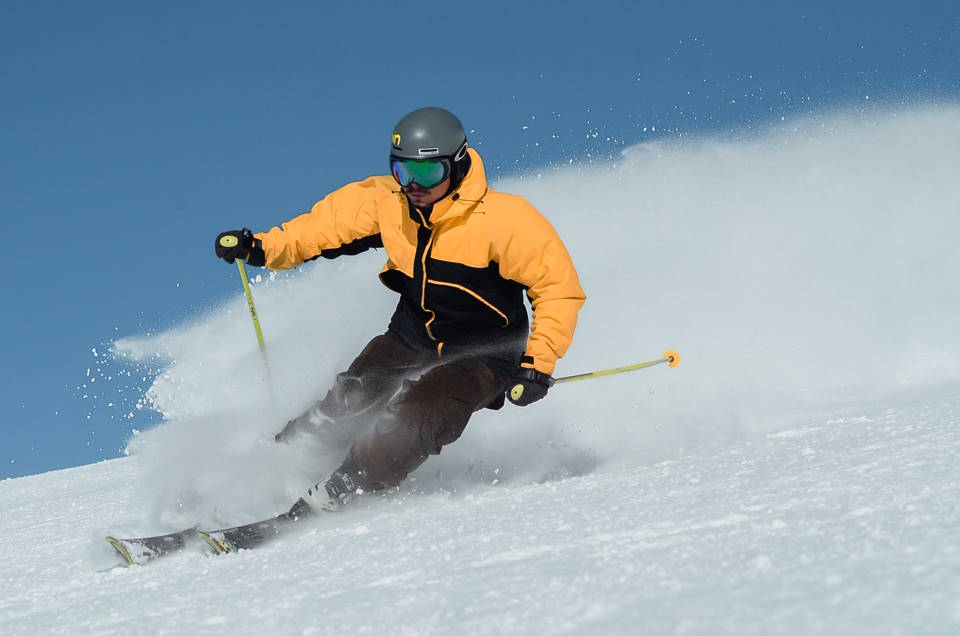Are you looking for a fun and exciting way to stay in shape during the winter months? Look no further than skiing! Many people wonder if skiing really burns a significant amount of calories, and the answer may surprise you. In this blog post, we’ll explore the science behind the calories burned while skiing and break down the factors that can affect how many calories you burn on the slopes. We’ll also compare the calorie-burning potential of different skiing activities and provide some tips for maximizing your calorie burn while skiing. So if you’re curious about the fitness benefits of hitting the slopes, keep reading to learn more about how skiing can help you stay fit and active this winter.Discover how different skiing activities affect calorie burn, factors influencing calories burned, and tips to maximize calorie burn while skiing. Enjoy the slopes and stay fit!
Understanding The Calories Burned While Skiing

When hitting the slopes for a day of skiing, you may not realize just how many calories you’re burning. Skiing is a great full-body workout that can help keep you in shape during the winter months. Whether you’re a beginner or an expert skier, it’s important to understand the calories burned while skiing in order to maximize your workout and make the most of your time on the mountain.
One of the main factors that determines the number of calories burned while skiing is the intensity of the activity. Skiing at a high speed and taking on challenging terrain will naturally burn more calories than leisurely skiing on easy slopes. Additionally, the weight of the skier and the length of time spent on the slopes also play a role in the calorie burn. Overall, skiing is a high-intensity activity that can lead to significant calorie expenditure when done correctly.
Comparing the calories burned in different skiing activities can also provide valuable insight into the level of workout you’re getting on the mountain. Downhill skiing, cross-country skiing, and ski touring all have their own unique calorie-burning benefits, with downhill skiing typically being the most intense activity. Understanding the differences in calorie burn between these activities can help you choose the best skiing workout for your fitness goals.
For those looking to maximize their calorie burn while skiing, there are a few tips that can help increase the intensity of the workout. Staying active on the slopes, taking on more challenging terrain, and incorporating ski-specific exercises into your routine can all contribute to a higher calorie expenditure. By understanding the factors that affect calorie burn while skiing and implementing these tips, you can make the most of your time on the mountain and enjoy the health benefits of this exciting winter sport.
Factors That Affect Calories Burned During Skiing

When it comes to burning calories while skiing, there are several factors that can impact how many calories you burn during your time on the slopes. First and foremost, the intensity of your skiing activity plays a significant role in the number of calories you will burn. The faster you ski and the more challenging the terrain, the more calories you will burn. Additionally, your weight and body composition also influence the number of calories burned, as individuals with greater muscle mass tend to burn more calories during physical activity.
Furthermore, weather conditions can also affect the number of calories burned during skiing. Colder temperatures often lead to increased calorie expenditure, as your body works harder to stay warm. The altitude of the skiing location can also impact calorie burn, with higher altitudes requiring more effort from your body, resulting in greater calorie expenditure. Another important factor to consider is the type of skiing activity you are engaging in, as activities such as downhill skiing, cross-country skiing, and ski touring can all have varying impacts on calorie burn due to differences in the muscles used and the overall intensity of the activity.
In addition to these physical factors, your individual skill level and technique can also affect the number of calories burned while skiing. Novice skiers may exert more energy and burn more calories as they work to improve their skills and maintain control on the slopes, while more experienced skiers may have a more efficient technique that requires less energy expenditure. Lastly, factors such as equipment weight, clothing and gear, and overall physical fitness levels can also play a role in determining the number of calories burned during a skiing session.
It’s important to keep in mind that while these factors can influence calorie burn during skiing, the exact number of calories burned will vary from person to person. Monitoring your heart rate, using fitness tracking devices, and paying attention to your body’s cues can all help you understand how these factors are impacting your personal calorie burn during skiing activities.
Comparison Of Calories Burned In Different Skiing Activities

When it comes to the comparison of calories burned in different skiing activities, there are several factors that come into play. The type of skiing activity, the intensity of the skiing, and the duration of the activity all play a role in determining the number of calories burned. Downhill skiing, cross-country skiing, and snowboarding are some of the popular skiing activities that people engage in, and each of these activities burns calories at different rates.
Downhill skiing is often considered a high-intensity activity, especially when tackling steep slopes and challenging terrain. As a result, it can burn a significant number of calories in a relatively short amount of time. On the other hand, cross-country skiing is known for its endurance and stamina-building benefits, as it involves longer durations of skiing at a lower intensity. Finally, snowboarding offers a unique mix of lower body strength and balance, which can also contribute to calorie burning.
It’s important to note that the exact number of calories burned in each of these activities can vary based on individual factors such as weight, fitness level, and skiing technique. Additionally, factors such as weather conditions and altitude can also play a role in the intensity of the workout and the subsequent calorie burn.
Overall, when comparing calories burned in different skiing activities, it’s essential to consider the specific demands of each activity and how they contribute to overall physical exertion. By understanding the unique characteristics of each skiing activity, individuals can make informed choices about their preferred workout and optimize their calorie burn during their time on the slopes.
Tips For Maximizing Calorie Burn While Skiing

When hitting the slopes for a day of skiing, it’s important to make the most out of your time on the snow. Skiing is not only a fun and thrilling activity, but it can also be a great way to burn calories and stay in shape. To maximize your calorie burn while skiing, there are a few tips that you can keep in mind.
One of the best ways to make sure you’re burning as many calories as possible while skiing is to focus on maintaining good form and technique. Proper skiing form not only helps you improve your performance on the slopes, but it also engages your muscles more effectively, leading to a greater calorie burn.
Another tip for maximizing calorie burn while skiing is to challenge yourself with more difficult terrain. Heading down steeper runs or tackling moguls requires more effort and energy, leading to a higher calorie burn. Pushing yourself out of your comfort zone and taking on these challenges can help you maximize the benefits of your skiing workout.
Staying active and moving as much as possible while on the slopes is also crucial for maximizing calorie burn. Take advantage of the chairlift rides to stretch and move around, and avoid spending too much time sitting or standing still. The more active you are throughout your skiing day, the more calories you’ll burn.
Lastly, don’t forget the importance of staying hydrated and fueling your body with the right nutrients. Skiing is a physically demanding activity, and ensuring that your body has the energy it needs will help you maximize your calorie burn. Be sure to drink plenty of water and eat snacks that provide sustained energy to keep you going throughout the day.




